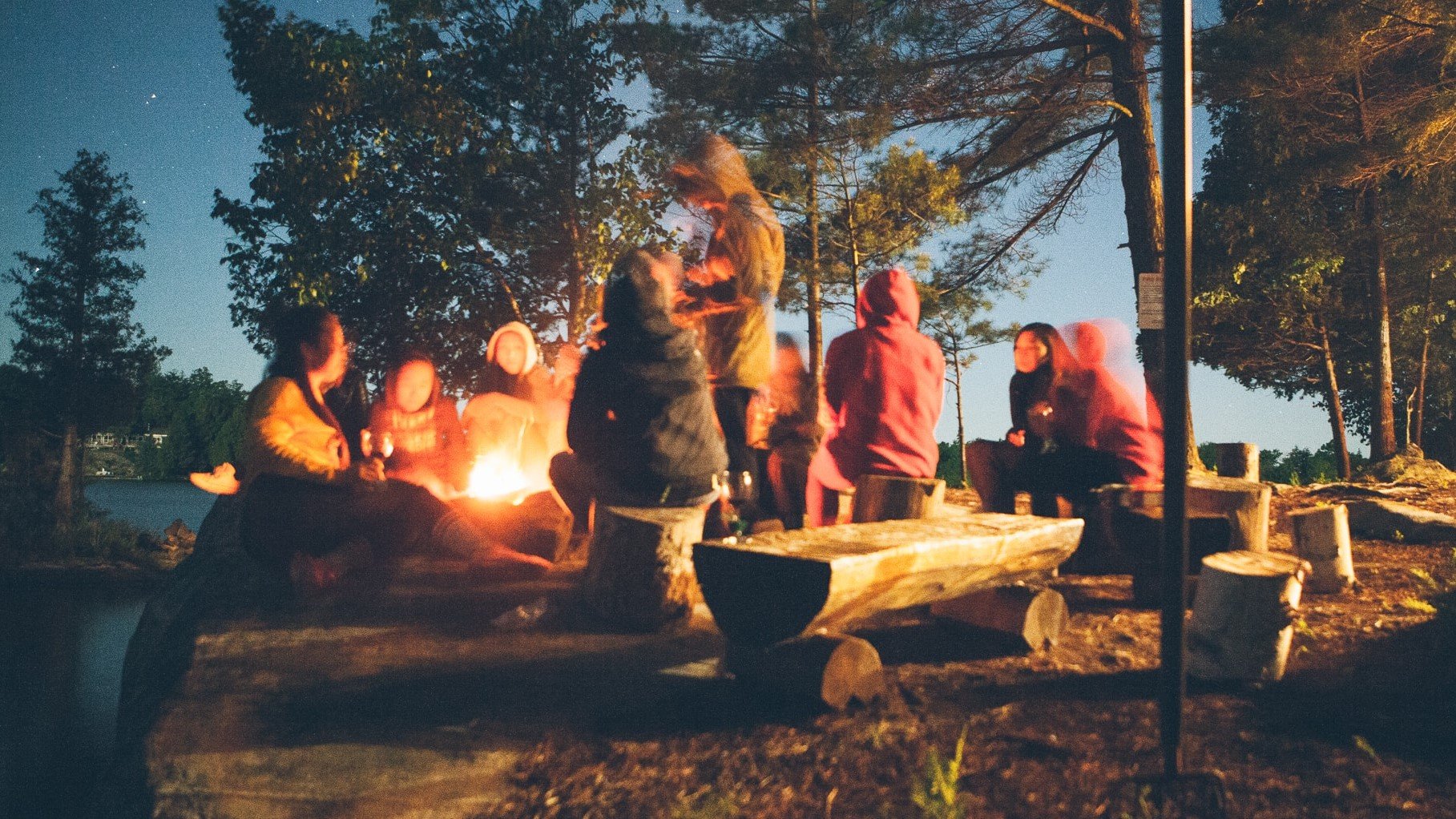Coming into Phase Three your group will now have reached some form of alignment on a shared vision. Having this shared vision is critical as it is the foundation for this next phase of building new ideas.
This is Part Three of a Four-part series on how to facilitate virtual co-design sessions. If you haven’t already, read Phase One on Sharing Diverse Perspectives, Phase Two on Forming a Common Vision, and Phase Four on Aligning on Ideas.
PHASE 3: BUILD NEW IDEAS
This phase is all about embracing the possibilities. It is a time to dream big and to think creatively. Your role in facilitating this phase is to ground the group in the shared vision, and then create the virtual space to brainstorm. It’s a divergent phase so expect the process to feel abundant but messy.
There are so many design options for building new ideas. Here are two to explore:
- Virtual Brainstorm Session
Use the Rules of Brainstorming to invite participants to think big in a constructive way. Here’s how you can facilitate it virtually:
 Orient the group to the exercise and introduce the rules of brainstorming:
Orient the group to the exercise and introduce the rules of brainstorming:
- Defer judgment
- Encourage wild ideas
- Build on the ideas of others
- Stay focused on the topic
- One conversation at a time
- Be visual
- Go for quantity
- Send participants into breakout groups of 5-7 people to brainstorm. Here are two different brainstorm variations:
-
- Simple Brainstorm (Time required: 30-45 mins) – Individual brain dump for 3-5 mins, then take turns to share each idea and add it to a shared workspace
- Set up a shared document or workspace in advance for groups to capture their ideas. Label each page with a group number and heading so that’s it’s clear where groups should do their brainstorming.
- Encourage groups to theme their ideas as they go so that similar ideas are grouped together.
- Conversation Café Brainstorm (Time required: 10 mins for setup room changes + 10 mins x number of themes) – Organize the shared document to label each page with a different theme area (or critical shifts if you used that exercise in Phase Two). Add two headings to each page for Discussion and Ideas.
- Start each group on a different theme (e.g. group one on page one, group two on theme two, etc.) and ask groups to discuss and brainstorm within each theme area for 10 minutes.
- After 10 minutes pull everyone back to the main room and provide instructions to move to the next theme (e.g. group one moves to theme two, group two moves to theme three)
- Each group will be adding to the previous group’s brainstorm
- Continue until all groups have had the chance to contribute to all themes
- Simple Brainstorm (Time required: 30-45 mins) – Individual brain dump for 3-5 mins, then take turns to share each idea and add it to a shared workspace
- At the end of either brainstorm session, ask each group to identify their top 3-5 ideas and list them at the bottom of the page. Ask one person from each group to share their top ideas with the whole room.
If you are looking for a more sophisticated online brainstorming tool than Google Docs, check out GroupMap. Here’s an example of how you can use it to brainstorm and vote.
2. Discovery and Action DialoguesA process to uncover solutions through a series of seven progressive questions. Here’s how to facilitate it virtually:
- After orienting participants to the exercise, send them to breakouts groups of 5-15 people
- Set up a shared doc space for each group in advance with the following questions:
- How do you know when problem X is present?
- How do you contribute effectively to solving problem X?
- What prevents you from doing this or taking these actions all the time?
- Do you know anybody who is able to frequently solve problem X and overcome barriers? What behaviours or practices made their success possible?
- Do you have any ideas?
- What needs to be done to make it happen? Any volunteers?
- Who else needs to be involved?
- Groups can make their way through these questions organically, it’s ok to jump around, so encourage groups to let the conversation flow. Join each group to offer time checks throughout so that groups can self-manage their time.
- Ask each group to capture their main take-aways and top ideas.
Time Required: 30-60 mins
This phase often ends with a lot of energy! Participants are excited about the ideas and eager to see what can be made real. Whenever possible, combine these Phase Three activities with the next Phase of Aligning on Ideas to channel the momentum into a clearer focus.
Phase Four will be coming next week – stay tuned!
This is Part Three of a Four Part Series:
- If you haven’t already, read Phase 1 on Sharing Diverse Perspectives, Phase Two on Forming a Common Vision, and Phase Four on Aligning on Ideas





